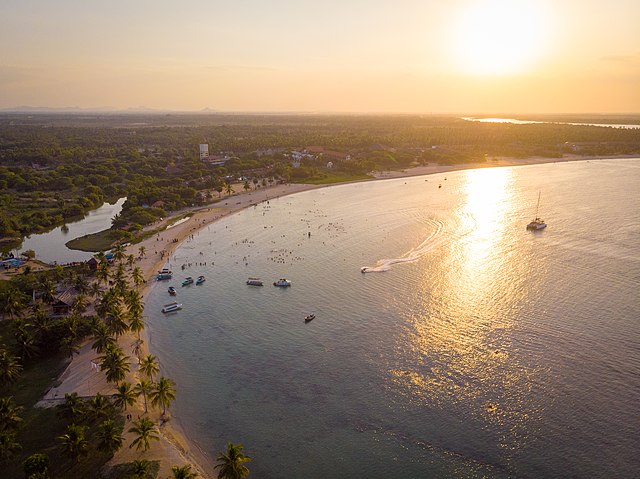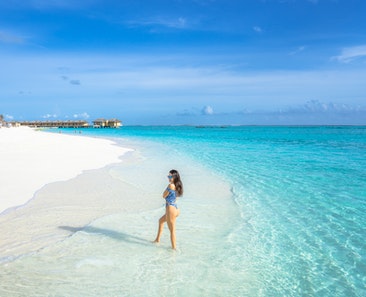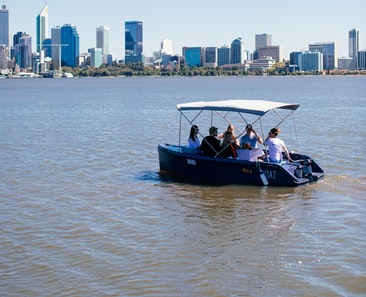Venture into the Green Algae Bay
Behind the soft sands and blue waters of Pasikuda lies a traumatic history of war, death, and ruins of the 2004 tsunami in Sri Lanka. Despite facing a decline in tourism temporarily, it is now restored and remains one of the most attractive destinations in the country. If you are planning on taking a trip to Sri Lanka, visiting Pasikuda would be an adventure you simply cannot pass up. Read on to discover the wonders embedded within the Green Algae Bay.
Soak up the Sun at the Beach
The Pasikuda beach, of all places to visit in Pasikuda, is an excellent destination for swimming as it is safe from the danger of unpredictable currents, which can be credited to its horseshoe-shaped bay. It is home to vibrant stretches of corals and is inhabited by various marine species ranging from butterfly fish to stingrays. Accommodation can be found at places in the vicinity of the beach, such as Amethyst Resort, with its sea view rooms providing a front-row seat to the pristine waters.
Make a Splash with Water Sports

As Pasikuda is known for its shallow waters that are ideal for swimming, it is the perfect place to try out water sports with your family. You could rent a Jet-Ski or a sailboat and traverse across the area. Other activities to indulge in include snorkeling, diving, and windsurfing to name a few.
Explore the Bridge Market
Nearly 45 minutes away from Pasikuda is the Bridge Market, which is known for its small-scale businesses run by locals. You may find a souvenir or two to take home like a traditional painting or even a wooden carving of an elephant. These markets also contain a myriad of organic fruits, vegetables, and local delicacies such as kithul treacle.
Embrace Sri Lanka’s culture at Kokkadicholai Thanthondreeswarar Temple
With its multi-coloured pillars and majestic sculptures of Lord Shiva, the Kokkadicholai Thanthondreeswarar Temple is one of the oldest Kovils in the country. A statue of a bull that stands at the entrance is believed to have driven away Portuguese soldiers in the past. As a precaution, remember that the Kovil could get crowded during festive seasons and it does not help that there are only three paths of entry.



